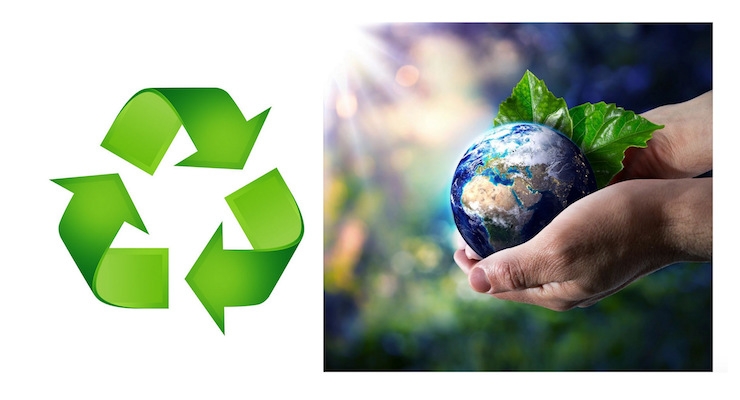Dr. Sandeep Kulkarni10.04.18
Traditionally, the key considerations for packaging used for beauty, cosmetics and luxury products have been aesthetics and sensory appeal (visual and tactile). Beauty and cosmetics brands have invested a significant amount of time, money and resources in developing packaging that conveys quality, luxury and value of their products. Typically, not much consideration has been given to the sustainability and environmental impact of packaging, and what happens to the packaging after its useful life is over.
However, the past five years or so have seen a major change in beauty and cosmetics packaging with sustainability becoming front-and-center along with (and sometimes taking priority over) aesthetics and visual appeal. There are several reasons for this shift, some of which are:
- Growing global concerns about packaging waste and plastic litter (on land as well as in oceans)
- Increasing global regulations (such as plastic bans, fees, taxes)
- Corporate sustainability commitments by major beauty and cosmetics companies
- Increasing demand from consumers for sustainable packaging
- Increasing global concerns about climate change and greenhouse gases
These efforts include:
- Fully recyclable packaging; This can be achieved by reducing the number of components in a package and using mono-material packaging (where possible). There are guidelines in the U.S., Europe and other parts of the world for designing recycle-friendly packaging
- Biodegradable/compostable packaging: This type of packaging can be typically composted in an industrial composting facility
- Bio-based or renewable plastics for Greenhouse Gas (GHG) reduction: An example of this is bio-based or “green polyethylene” derived from sugarcane.






























